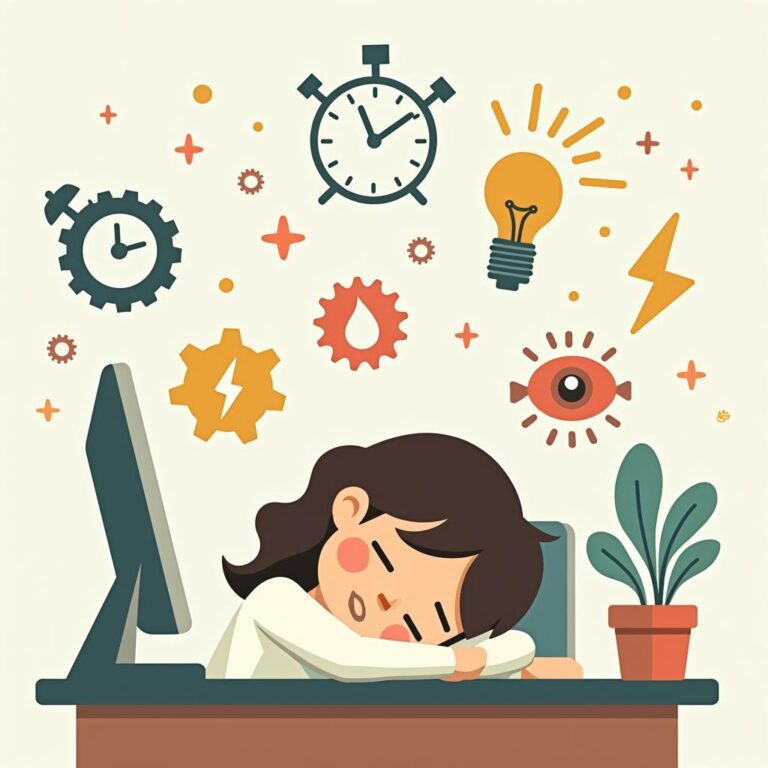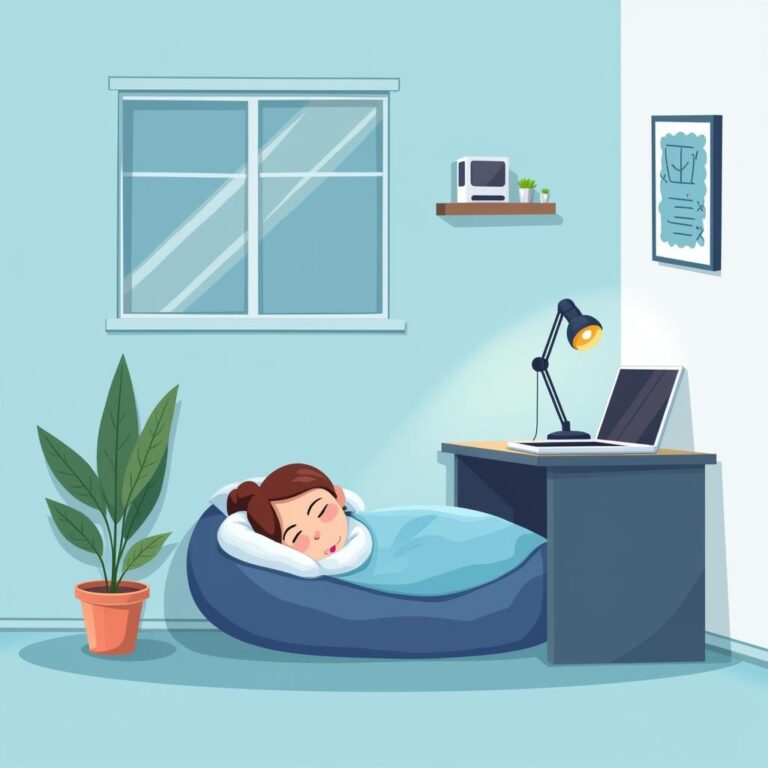In our fast-paced world, finding time to recharge is crucial. A power nap can enhance productivity, creativity, and overall mood. However, not all naps are created equal. To truly benefit from a quick snooze, you should learn how to optimize your power nap routine. This guide will provide you with valuable tips and best practices to make the most of your power naps.
Understanding Power Naps
Power naps are short periods of sleep, typically ranging from 10 to 30 minutes, designed to improve alertness and performance without leaving you groggy. Power naps are different from longer naps, which can sometimes lead to sleep inertia, a state of grogginess that can last for hours. Understanding the science behind power napping can help you schedule your naps more effectively.
The Ideal Power Nap Duration
The ideal duration for a power nap is generally between 10 to 20 minutes. This length allows you to enter the lighter stages of sleep, providing the benefits of rest without delving into deeper, restorative sleep that may induce grogginess. Here’s a breakdown of the ideal nap durations:
- 10 minutes: Perfect for a quick refresh that enhances alertness without entering deep sleep.
- 20 minutes: Offers a more substantial recovery, improving mood and performance while avoiding sleep inertia.
- 30 minutes: This can sometimes lead you into deeper sleep stages, making you feel groggy upon waking.
Choosing the Right Time
Timing your power nap is essential for maximizing its effectiveness. The best time to nap is typically after a period of intense focus, such as post-lunch or post-exercise. The human body also naturally experiences a midday lull, often referred to as a circadian dip. Consider these timing tips:
- Early Afternoon: Napping between 1 PM and 3 PM is ideal, as this is when most people’s energy levels dip.
- Avoid Late Naps: Napping too late in the day can interfere with nighttime sleep and disrupt your circadian rhythm.
- Listen to Your Body: If you find yourself feeling drowsy, that’s a sign it might be time for a nap.
Creating the Perfect Napping Environment
The environment in which you nap can significantly impact its success. Here are some tips to create an optimal power napping space:
- Find a Comfortable Spot: Choose a quiet, comfortable location where you can relax and let go of your surroundings.
- Minimize Distractions: Close the blinds, turn off the lights, and eliminate any noise that may disrupt your nap. Consider using earplugs or an eye mask if necessary.
- Set the Temperature: A cool room is often best for sleep. Aim for a temperature between 60-67 degrees Fahrenheit.
Preparation: Set Yourself Up for Success
To optimize your power nap routine, preparation is key. Here’s how you can set yourself up for a successful nap:
- Limit Stimulants: Avoid caffeine or nicotine a few hours before your planned nap time, as these can interfere with your ability to fall asleep.
- Establish a Relaxation Routine: Spend a few moments winding down before napping. Deep breathing or meditation can help transition your body into sleep mode.
- Use a Timer: Set an alarm for 20-30 minutes to avoid oversleeping and ensure you wake up refreshed.
Techniques to Enhance Your Power Nap
In addition to the basic practices, employing certain techniques can further enhance your power nap’s effectiveness:
- Progressive Muscle Relaxation: Tense and then relax each muscle group, starting from your toes to your head. This helps your body unwind quickly.
- Meditation Apps: Consider using guided meditation apps that include short sleep sessions, which can help ease you into a nap.
- Nap with a Buddy: If possible, nap with a coworker or a friend. The social aspect can sometimes help reduce anxiety about napping.
Post-Nap Activities: Ease Back into Your Day
How you transition back into your daily activities after napping is crucial for maintaining productivity. Here are some strategies:
- Stretch: Take a few seconds to stretch your body gently upon waking. This can help stimulate blood flow and reduce grogginess.
- Hydrate: Drink a glass of water after your nap to help you feel more alert and energized.
- Light Activity: Engage in a brief physical activity, such as walking or doing quick stretches to jumpstart your energy levels.
Potential Benefits of Power Napping
When you learn to optimize your power nap routine effectively, you can reap numerous benefits, including:
- Enhanced Alertness: A well-timed nap can significantly boost your alertness and cognitive function.
- Improved Mood: Napping can help decrease feelings of stress and anxiety, leading to a more positive outlook.
- Increased Productivity: Regular power naps can enhance overall productivity by allowing for better focus and efficiency.
Conclusion
In summary, optimizing your power nap routine can be a game-changer in your daily life, improving alertness, productivity, and overall well-being. By understanding the ideal duration, timing, environment, and techniques, you can harness the full potential of your power naps. Remember to listen to your body and adjust your routine based on personal preferences and lifestyle needs. Embrace the art of napping, and you may find the secret sauce to thriving in a busy world.







